Drive four brushed DC motors forward, reverse, coast, and brake with this Teensy 3.1 add-on board
Designed by Pesky Products in United States of America
This product is no longer available for sale.
The seller may be offering an improved version or it may be hanging out on the beach, enjoying the retired life.
What is it? From the data sheet: "The DRV883x provides an integrated motor driver solution for cameras, consumer products, toys, and other low-voltage or battery-powered motion control applications. …
Read More…From the data sheet:
"The DRV883x provides an integrated motor driver solution for cameras, consumer products, toys, and other low-voltage or battery-powered motion control applications. The device can drive one DC motor or other devices like solenoids. The output driver block consists of N-channel power MOSFET’s configured as an H-bridge to drive the motor winding. An internal charge pump generates needed gate drive voltages. The DRV883x can supply up to 1.8 A of output current. It operates on a motor power supply voltage from 0 to 11 V, and a device power supply voltage of 1.8 V to 7.0V."
This is an add-on board with four DRV8837 brushed DC motor controllers that allow four modes of control for each of four motors driven by eight PWM pins from the Teensy 3.1. The board is specifically designed to mount onto the Teensy 3.1 but can also be used on a breadboard with any microcontroller that has eight PWM outputs, or with an I2C bus and a PWM expander like the PCA9685. The board has a sleep pin that must be pulled high to enable the motors. The motors can run forward (PWM, High Z), reverse (High Z, PWM), coast (High Z, High Z), and break (PWM, PWM) by sending these inputs to two pins per DRV8837 control chip, designated Fx, Rx on the board. The motor drive voltage VIN is the same as the Teensy 3.1 VIN (< 5.5 V!, more will kill your Teensy!), and the chips require an additional drive voltage which can be the same as VIN or can be different. The anticipated use would connect a LiPo battery to VIN to provide power to the Teensy 3.1 and Motors, and the DRV8837 chips and Teensy 3.1 logic circuitry would be powered by the 3V3 output of the Teensy 3.1 on-board regulator.
The new boards come with a 0 Ohm resistor connecting VM with the logic circuitry voltage input VCC for the board. This means both the motors and board circuitry as well as the Teensy can be supplied with 4 V from a LiPo battery. In this case do not connect the VCC through-hole to the 3V3 of the Teensy! If you would rather use the 3V3 from the Teensy to power the board circuit, which is perfectly fine, remove the 0 Ohm resistor on the back before you install the board. I have found that when running brushed motors above 1 A the voltage drop from the internal resistance of the battery is enough to degrade the performance of the H-bridges. Much better performance (higher power or current) can be achieved by using VIN to drive both the motors and the board circuitry.
I can assemble this board with the DRV8838 motor driver instead. This driver is functionally equivalent to the DRV8837 but requires four TTL signals for forward/reverse and four PWM signals for speed. This is useful if you only have four PWM outputs (like on the Intel Edison) or are using the available PWM lines for something else. Just ask for this option in the comment section of your order.
Just make sure you cut the trace on the back of the Teensy connecting VIN and VUSB! You don't want the motor drive voltage coming from the computer and you sure do not want the back EMF from the motors going to the computer!
A LiPo battery charger add-on is the perfect complement to this motor driver board.
I like making robots and quadcopters. Simple MOSFET + resistor networks are fine to start with, but more sophisticated control of motion can be gained with an H-Bridge. TI's DRV8837 makes controlling small DC brushed motors and solenoids easy and this board allows four modes of operation for each of the four motors independently with simple analogWrite commands. The Teensy 3.1 is an excellent platform for motion control since it has eight PWM-capable pins close to each other making this relatively compact motor control solution possible. Simply attach the +/- from each of four motors at the ends of the board, solder the board onto the Teensy 3.1 (it can really only fit one way) and set up a simple set of PWM write commands for sophisticated control of four brushed DC motors.
This board is a nice step up from the simpler DC motor control boards I still offer at Tindie and allows a lot more versatility for just a little more money. This board is a bit larger and requires use of eight rather than four PWM pins of the simpler solution. But in return, there are a lot more options for controlling the motors. I designed this board specifically for the Teensy 3.1 to make controlling DC brushed motors and solenoids for robotics easy and inexpensive. Here is a simple sketch that shows how to configure and run the motors; but it is so easy you should be able to quickly write your own.
Order the boards from OSH Park and assemble your own or order the assembled and fully tested boards from me and see how easy sophisticated DC motor control can be!
Product: (5.00)
Documentation: (3.00)
Shipping: (5.00)
Communication: (5.00)
Dmitry | Dec. 30, 2019
Danville, CA, United States of America
Ships from United States of America.
180 Reviews | 5,482 Orders

$49.95
Free Shipping!
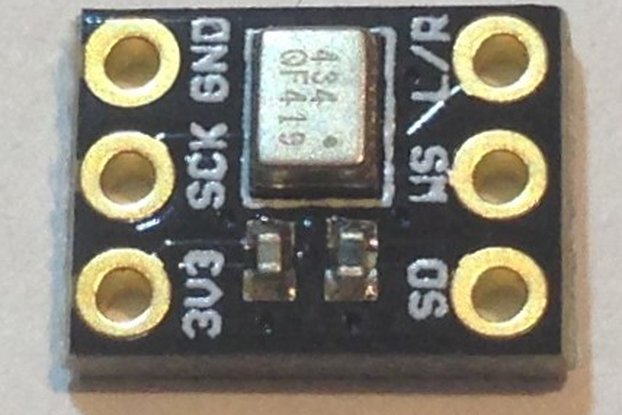
$5.95
Free Shipping!
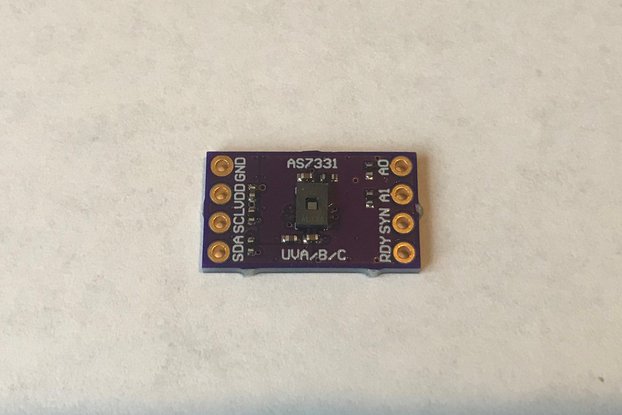
$35.95
Free Shipping!

$35.95
Free Shipping!

$49.95
Free Shipping!
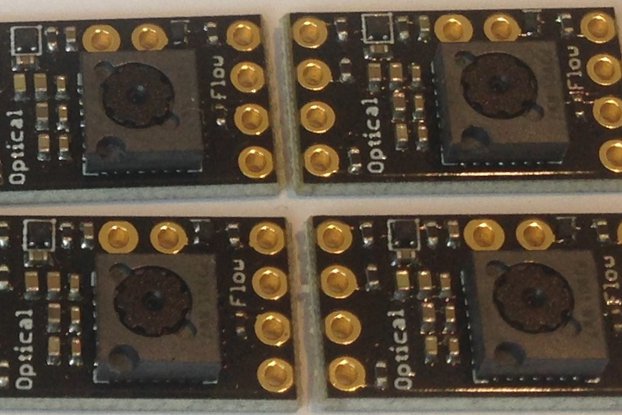
$29.95
Free Shipping!
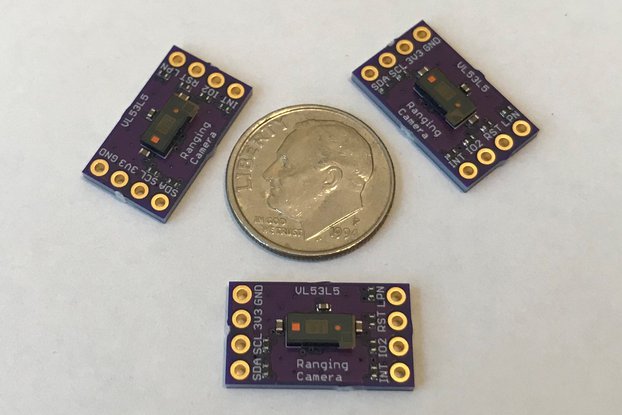
$19.95
Free Shipping!
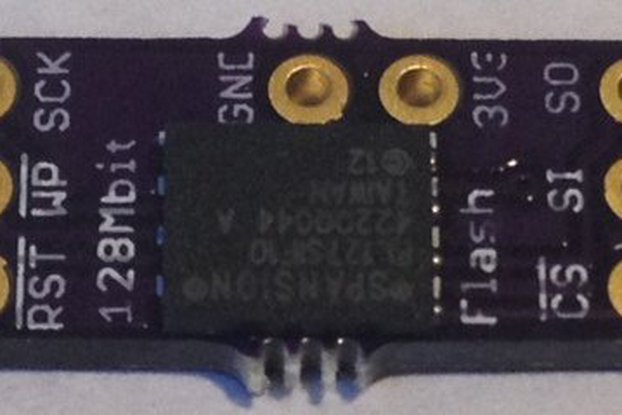
$12.95
Free Shipping!
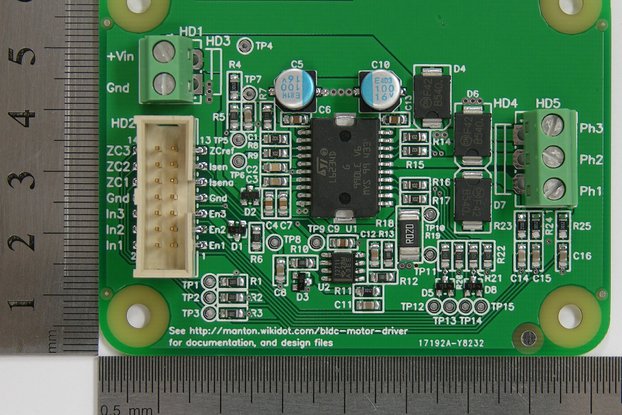
$90.00
Free Shipping!

$15.00
Free Shipping!
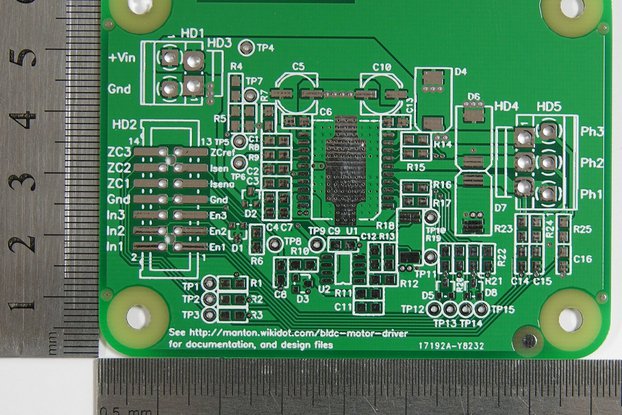
$10.00
Free Shipping!
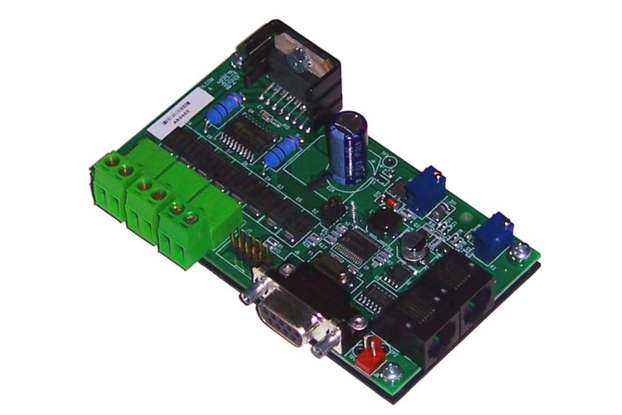
$199.00
Free Shipping!
By clicking Register, you confirm that you accept our Terms & Conditions
We recognize our top users by making them a Tindarian. Tindarians have access to secret & unreleased features.
We look for the most active & best members of the Tindie community, and invite them to join. There isn't a selection process or form to fill out. The only way to become a Tindarian is by being a nice & active member of the Tindie community!
